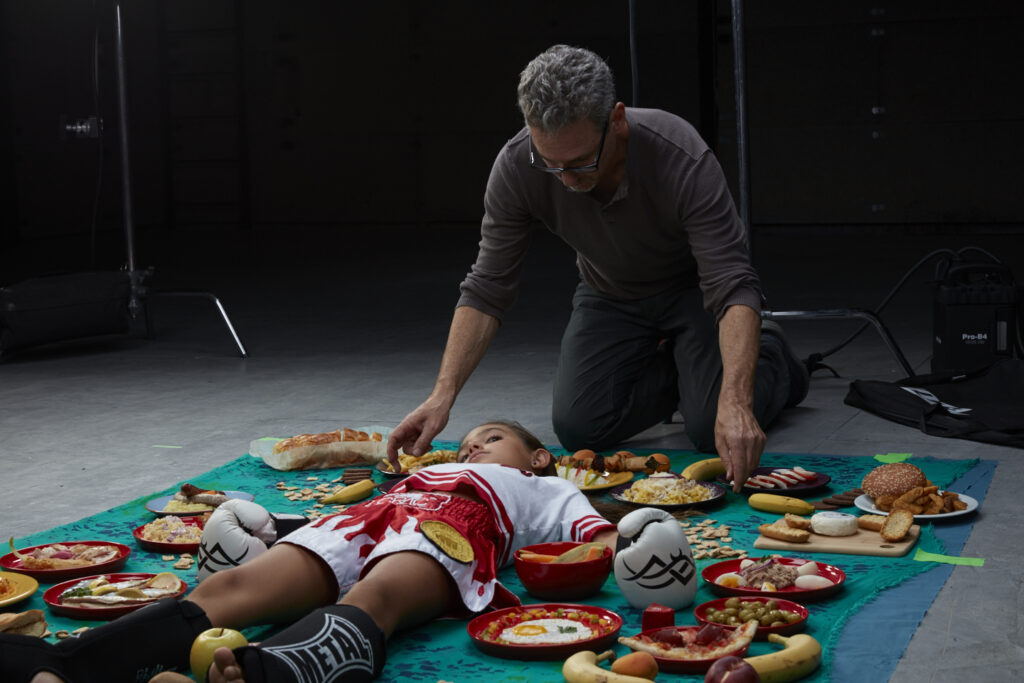
Where did the idea for your winning story come from? What did you see or hear about that sparked your interest?
It all started with another project called 7 Days of Garbage where I asked people I knew to save their garbage for a week and then lie down and be photographed in it. In the process of shooting, I was struck by the sheer amount of packaging in people’s trash. Looking at it made me think about what was in our food. How have we gotten to the point where the majority of what we’re consuming comes out of a package? It struck me that we don’t put that much thought into what we’re eating because we’re not making our own food! It’s quick, cheap and satiating, but it’s not healthy for the most part. I thought, what if I asked kids to keep a journal of everything they’d eaten for a week, reproduced all their meals, and then photographed them?
I chose kids as my focus because eating habits start when you’re young and if you don’t get it right by the time you’re nine or ten, you don’t stand much of a chance. I started by photographing my son in our backyard, but it felt like a project that needed to be international. One of my goals was to show that globalization is homogenizing diets. I found that there was an eerie similarity between what kids on opposite sides of the world are eating. On the other hand, another goal was to represent diets which are disappearing or might be threatened. The tradition of home-cooked meals has withstood the impact of globalization in some parts of the world.
Your images are really striking. What was it like working with the children to produce these images? How much traveling did you have to do? Were there any that were particularly memorable to shoot?
A story can have a greater impact when there’s a process of collaboration with the subject. Kids were first asked to do some writing and thinking about their eating habits. During the process of shooting, the parents were often surprised by their kid’s diets. When you see a week’s worth of food from the bird’s eye perspective of these photos, it resonates and forces you to think about what you’re eating. I had parents who blamed one another or felt embarrassed. In India, one father watched the photos of his daughter come up on my monitor as I was shooting. He was appalled by the junk food in his daughter’s diet. The project has hopefully had a long-term impact, not only on the people in the pictures, but also on those looking at them. For example, I’ve been asked to include the project in school curricula and numerous textbooks. I really encourage viewers to take the daily bread challenge themselves.
Is food sustainability an ongoing interest for you? If so, how did you become interested?
It is. I think the way we treat our bodies and the way we treat our environment are linked. When you eat packaged junk food, you’re abusing your body and your environment. We need a major values shift, which is happening in pockets around the world. Here in the US, fast food is so cheap because the government subsidizes soy and corn, which feeds the cows, chickens and pigs we turn into food.
How well do you think food sustainability issues are covered in the media today? What role do you think journalists can play in addressing the challenges within our food systems?
There are good stories out there, but they’re not given as much attention as they deserve. The topic is not sensational enough to grab headlines. Even global warming, which is the most important problem we’re faced with, doesn’t command our attention because the most serious consequences are still many years away. Some of the most important stories like sustainability and food production are not making as much of an impact as I’d like to see. The issues that impact us most deeply are often neglected.
What are the main obstacles you or others face in reporting on these issues?
When addressing the subject, you want to have a unique point of view. That’s the challenge, finding an approach that makes the subject compelling and draws interest. If your treatment is dry and overly familiar, it won’t captivate viewers. Attention spans are brief, so when you say something, it has to really resonate deeply.
Funding is another problem. In the past 15 years of working as a freelancer shooting for magazines, many of the publications have shrunk or disappeared and most of those that have survived can’t afford to pay photographers what they did in the past. Publishers haven’t figured out a way to generate enough revenue from on-line content to pay people properly. We’re all guilty of wanting to receive our content for free!
Can you tell us a little bit about your experience of winning the Award?
I thought the award ceremony in Milan was great. I was really intrigued by the BCFN Yes competition with PhD students who proposed scalable solutions to food sustainability. That’s really applaudable. I was very impressed by the fact that you have a corporation that cares and is compelled to have a positive impact on our food system.
What’s next for you and your food sustainability coverage? Do you have any plans to cover any other related issues?
I’m interested in farming techniques that involve growing cover crops and crop rotation as an alternative to monoculture, which is devastating. When you plant the same crops over and over you burn out farmland, rendering the soil useless.
The next project I plan to do this spring and summer is on water quality and the contamination of drinking and bathing water. It’s a global concern. Here in the US, more than 60 million people don’t have access to safe water because of crumbling infrastructure, agricultural run-off, and contamination from manufacturing.
See Gregg’s winning entry here and visit the Food Sustainability Media Award website.
More News
View All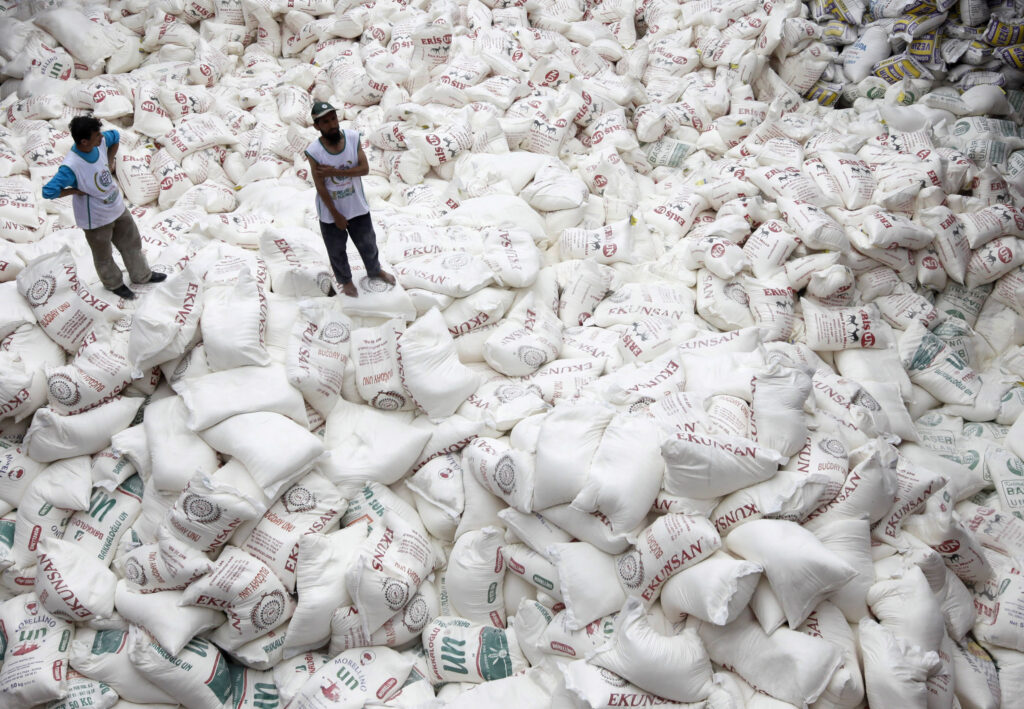
Legal needs are rising for NGOs amid attacks on civil society and funding cuts, our latest report finds
Our new report finds that legal needs amongst NGOs have risen significantly over the last…
Read More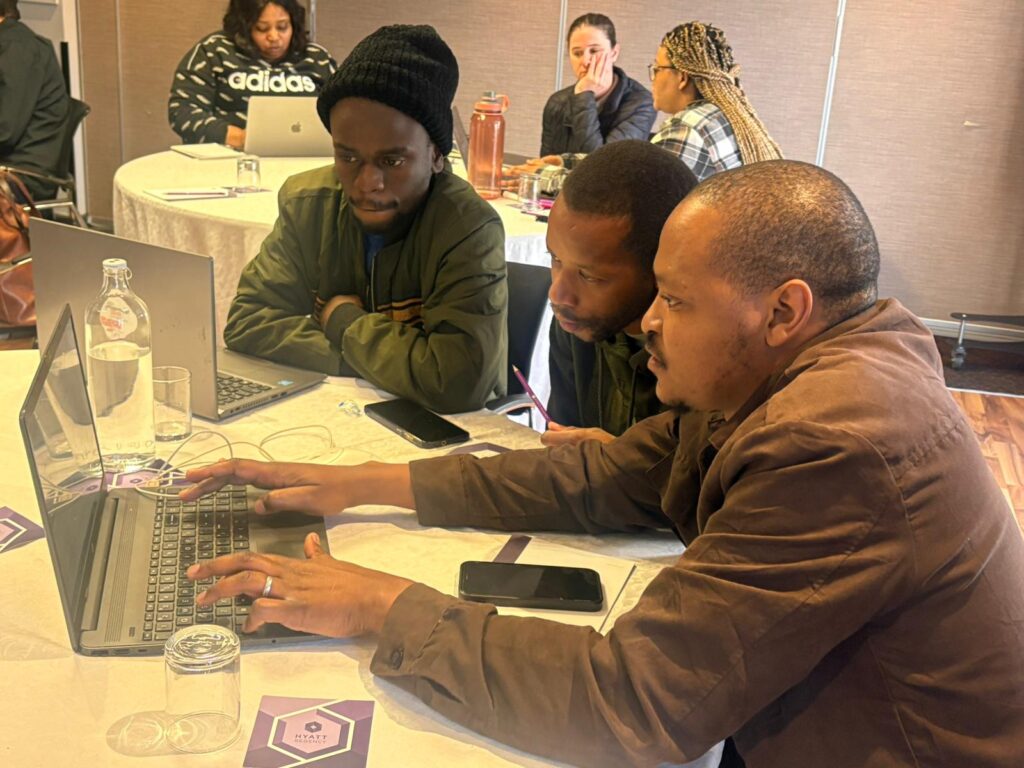
How South African newsrooms are benefiting from strategic and ethical AI adoption
We have…
Read More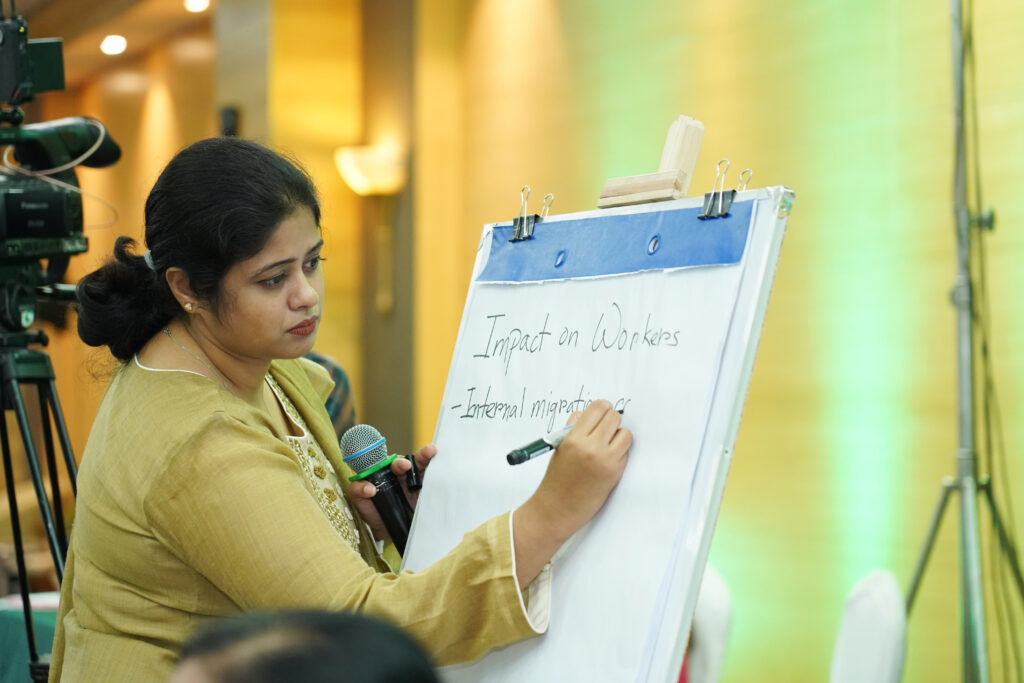
World’s largest dataset shows transparency gaps in AI adoption
The Thomson Reuters Foundation…
Read More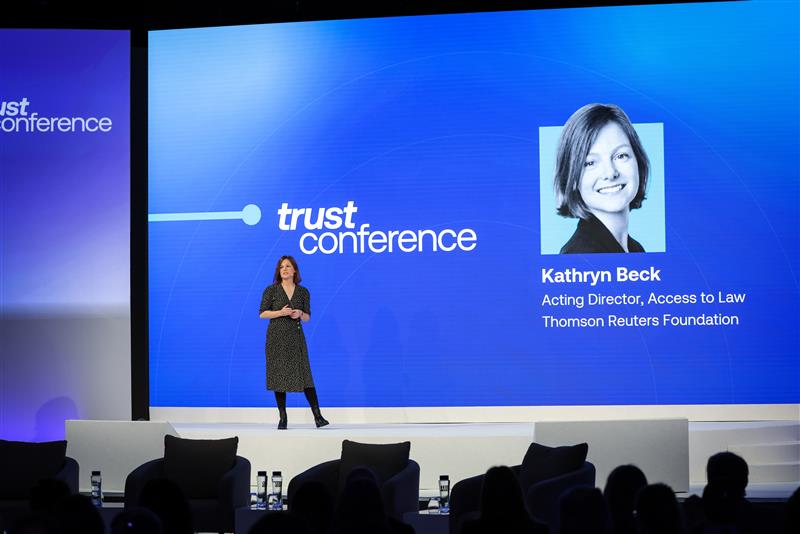
The authoritarian playbook in action: Insights from Trust Conference 2025
Learn our Acting…
Read More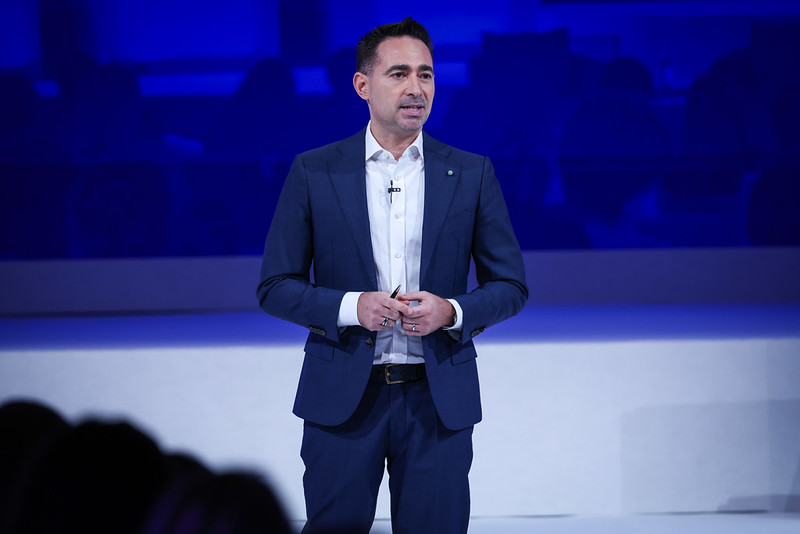
Antonio Zappulla: Technology is redefining power, information and influence. What is at stake?
View our CEO Antonio Zappulla’s opening remarks for Day Two of Trust Conference…
Read More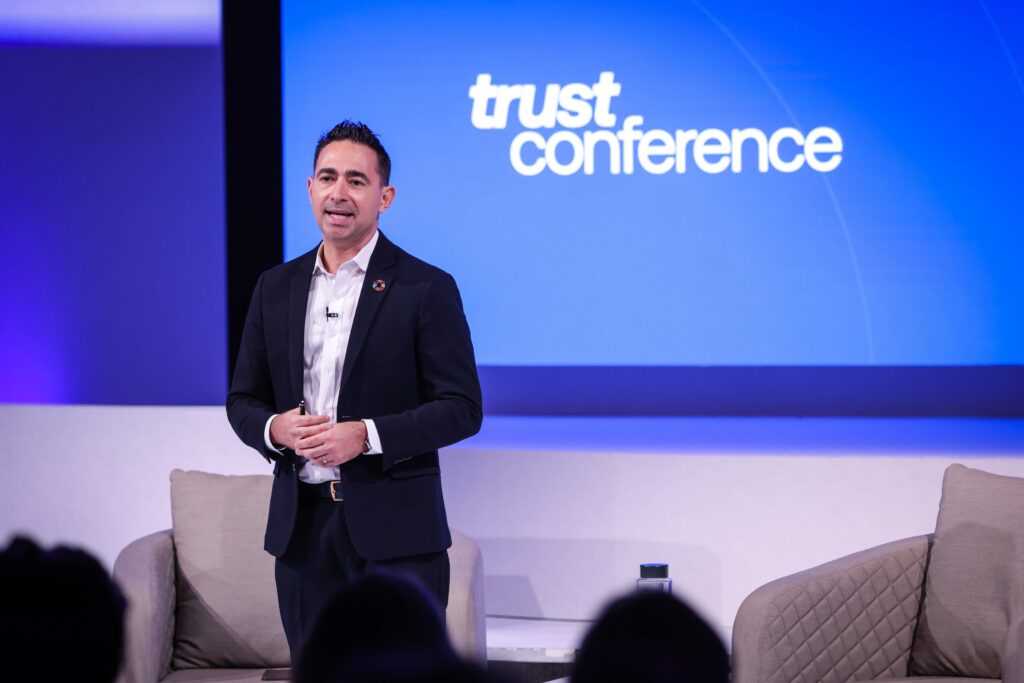
Antonio Zappulla: Three key drivers are reshaping the world and eroding democracy
View our…
Read More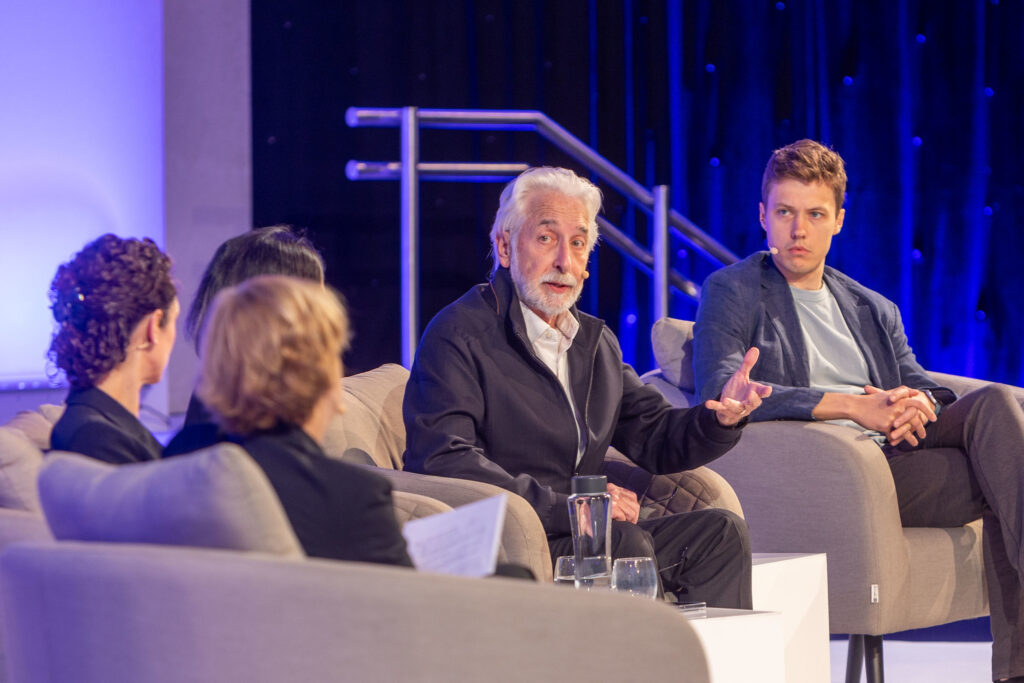
Trust Conference 2025: Disinformation, lawfare and aid cuts — Civil society’s fight for survival
Trust Conference, the annual flagship forum hosted by the Thomson Reuters Foundation,…
Read More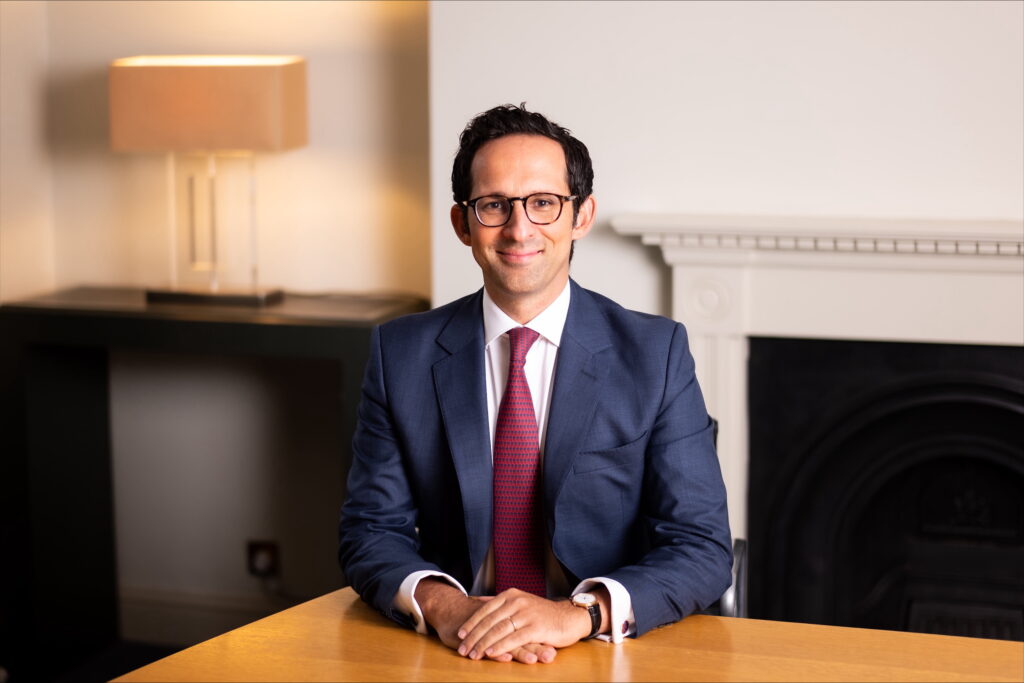
Professor Can Yeğinsu joins Thomson Reuters Foundation Board of Trustees
We are delighted to…
Read More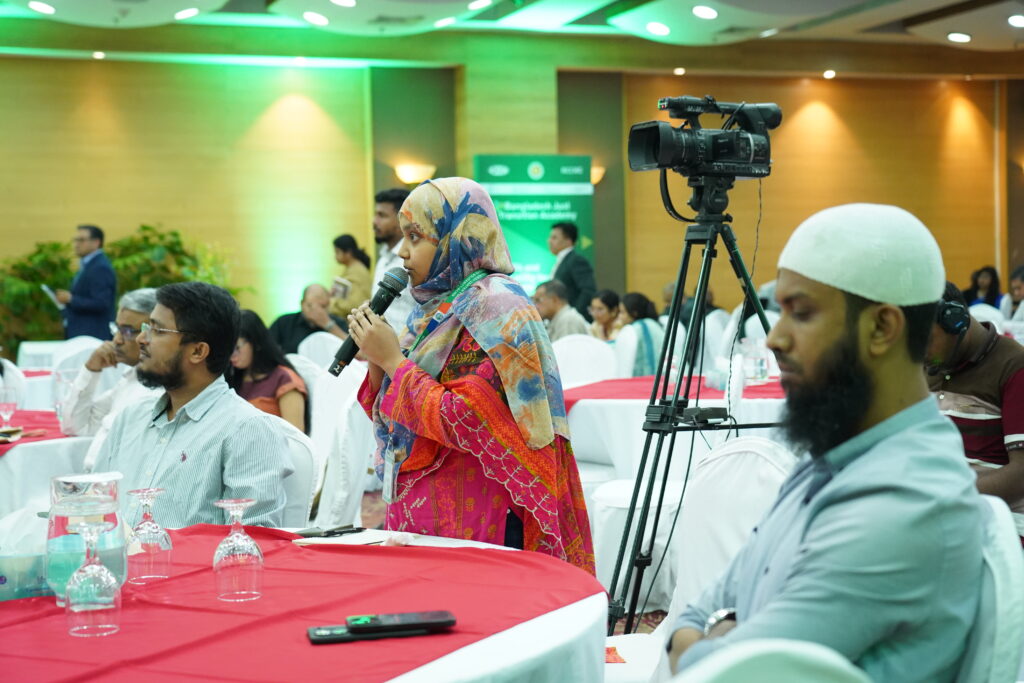
Top priorities for Just Transition in Bangladesh
In one of the world’s most climate-vulnerable countries, a just…
Read More
AI Company Data Initiative drives transparency on corporate AI adoption
Now open for company…
Read More

